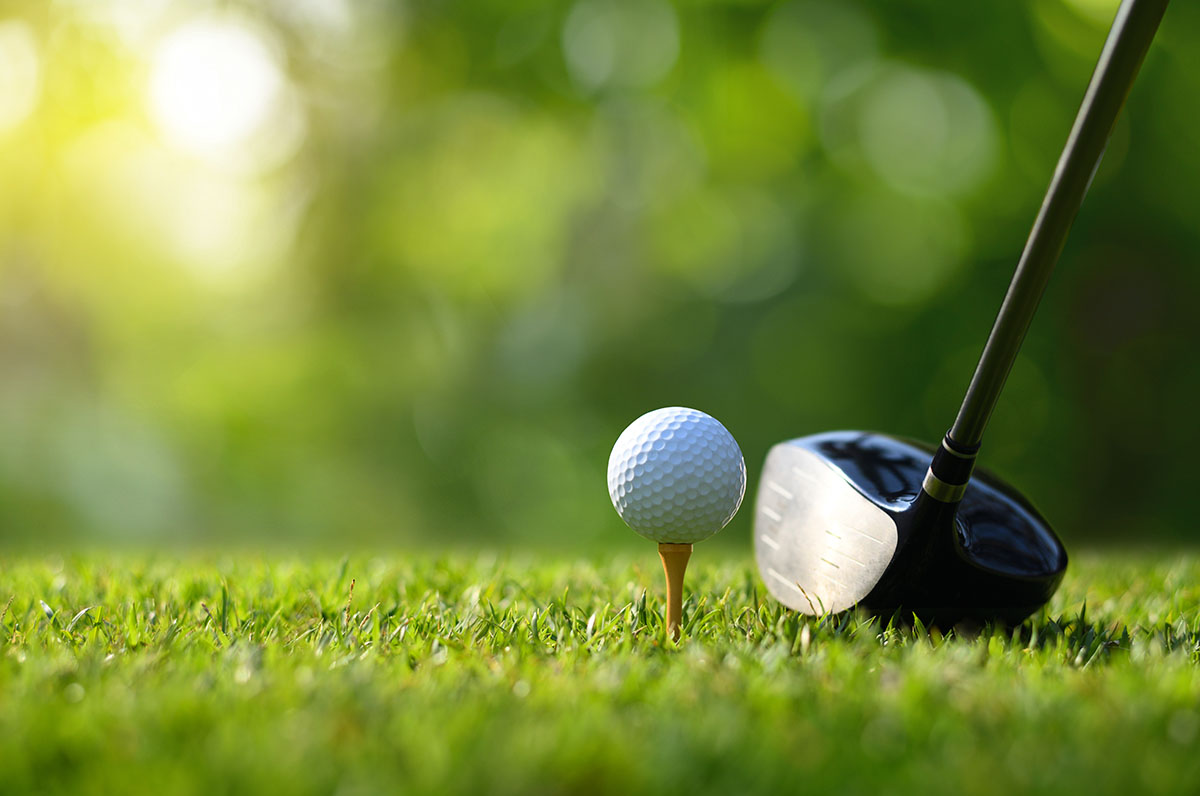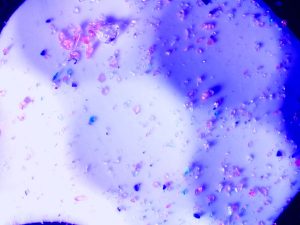Hydrophilic Coating Gives Golf Balls a Competitive Edge

A new hydrophilic coating could give players an edge, enabling them to maintain control and consistency regardless of the course conditions.
With the U.S. Open coming, golfers are gearing up to face the unpredictable nature of putting greens—whether slick and dry or damp and slow. An innovative hydrophilic coating may offer a competitive advantage, enabling players to achieve greater control and consistency regardless of the course conditions.
You can also read: PFAS-Free Repellent Coatings: A Safer Alternative for Textiles.
Invented by Thomas J. Kennedy III, owner of Chemical Innovative Solutions Inc., the innovative coating allows golf balls to respond intelligently to both dry and wet greens. Presented at the ACS Spring 2025 meeting, Kennedy’s technology could redefine how precision putting is achieved on golf courses worldwide.
Turning Chance into Skill
Kennedy, a polymer chemist and long-time golf enthusiast, set out to solve a frustrating problem in the game: unpredictable putting speeds caused by variations in grass moisture. While dry greens can send balls speeding past the hole, wet greens often act like a sponge, slowing the ball dramatically. His goal was to create a ball that could adapt to the surface, reducing variability and rewarding skill rather than chance.
How the Coating Works
At first glance, the coated golf ball appears and feels identical to a regular one. However, under a microscope, its surface reveals tiny absorbent crystals composed of silica, molecular sieves, clay, and polyacrylic acid polymers. These materials are designed to selectively absorb water molecules.

Under a microscope, its surface reveals tiny absorbent crystals composed of silica, molecular sieves, clay, and polyacrylic acid polymers. These materials are designed to selectively absorb water molecules. Courtesy of Thomas J. Kennedy III.
When the ball encounters dry grass, the coating draws moisture from the surface, slightly increasing traction and slowing the ball. On wet greens, it helps water spread evenly, reducing the green’s grip and allowing the ball to roll more freely.
The result? Consistent putting speed—a significant advantage for both professional and amateur players aiming for lower scores.
A Legal, Strategic Innovation
Importantly, the coating remains within the regulations set by the United States Golf Association (USGA) and the Royal and Ancient Golf Club of St Andrews, which govern ball size, weight, symmetry, and distance. Within those rules, Kennedy’s coating offers a legal innovation that enhances performance without compromising fairness.
Using a Stimpmeter, Kennedy demonstrated that coated balls showed less variance in rolling distance across different green conditions compared to uncoated ones. For pros, that consistency could mean fewer strokes—and possibly higher tournament earnings.
Beyond the Green
Beyond golf, Kennedy sees potential for this technology in other industries. For example, applied to solar panels, the coating helps rainwater clean off dust and debris, improving energy efficiency.
With provisional patents filed and commercialization on the horizon, this hydrophilic coating may soon show up at a course near you—quietly leveling the playing field, one smart ball at a time.
